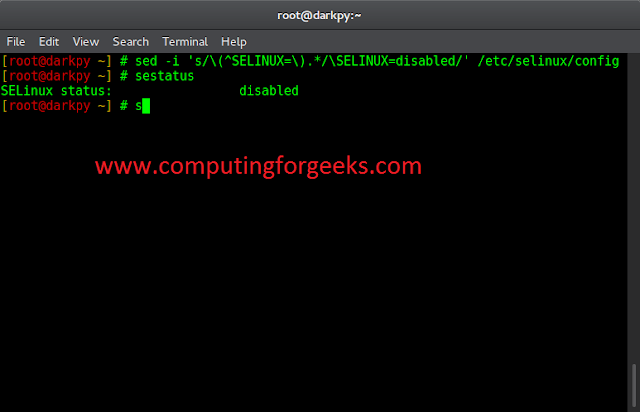In TypeScript, there are two supported methods getter and setter to access and set the class members. The greater method control over how a member is accessed on each object.
Methods of the typescript accessor property:
- getter: This method comes when you want to access any property of an object.
- setter: This method comes when you want to change any property of an object.
getter: For extracting the value of a variable getter accessor property is the conventional method. It is denoted by get keyword, in an object literal.
Syntax:
get accessName() {
// getter, the code executed on getting obj.accessName
},
Example:
javascript
class MyClass { private _with:number = 5; private _height:number = 10; get square() { return this._with * this._height; }}console.log(new MyClass().square); |
Output:
50
A getter can be public, protected, private. It is just artificial to make something behave like a property or a function. So, get square() and new MyClass().square is the same as square() and new MyClass().square().
Setter: For updating the value of a variable the setter accessor property is the conventional method which is used. They are denoted by set keyword in an object literal.
Syntax:
set accessName(value) {
// the code executed on setting
//obj.accessName = value, from setter
}
Example:
javascript
set fullname { const parts = value.split (''); this.partname = firstname[0]; this.partname = firstname[1];}person fullname = "Hitangshu Agarwal"console.log(person); |
output:
firstname: "Hitangshu" lastname: "Agarwal"
Below example illustrates the concept of getter and setter clearly:
Example:
javascript
const company = { companyName = "neveropen", companyTag = "Edutech", // Function that return the Full description // combined both comapnyName and companyTag get full_Desc () { return `${company.companyName} ${company.CompanyTag}` }, // It will return separately companyName and companyTag set full_Desc(value) { const parts = value.split (''); this.partname = companyName[0]; this.partname = CompanyTag[1]; }};company.full_Desc = "neveropen Edutech";console.log(company); |
Output:
neveropen Edutech
Point To Be Remember:
- We achieved a proper control over, how a member is accessed on each object with the help of getter and setter.
- TypeScript accessors require to set the compiler to output ECMAScript 5 or higher we should require typescript accessor. It does not support below ECMAScript 5.
- Accessor with a get and no set property are automatically assumed to be read-only no need for manual work. This is helpful when we are generating a .d.ts file from our code.




